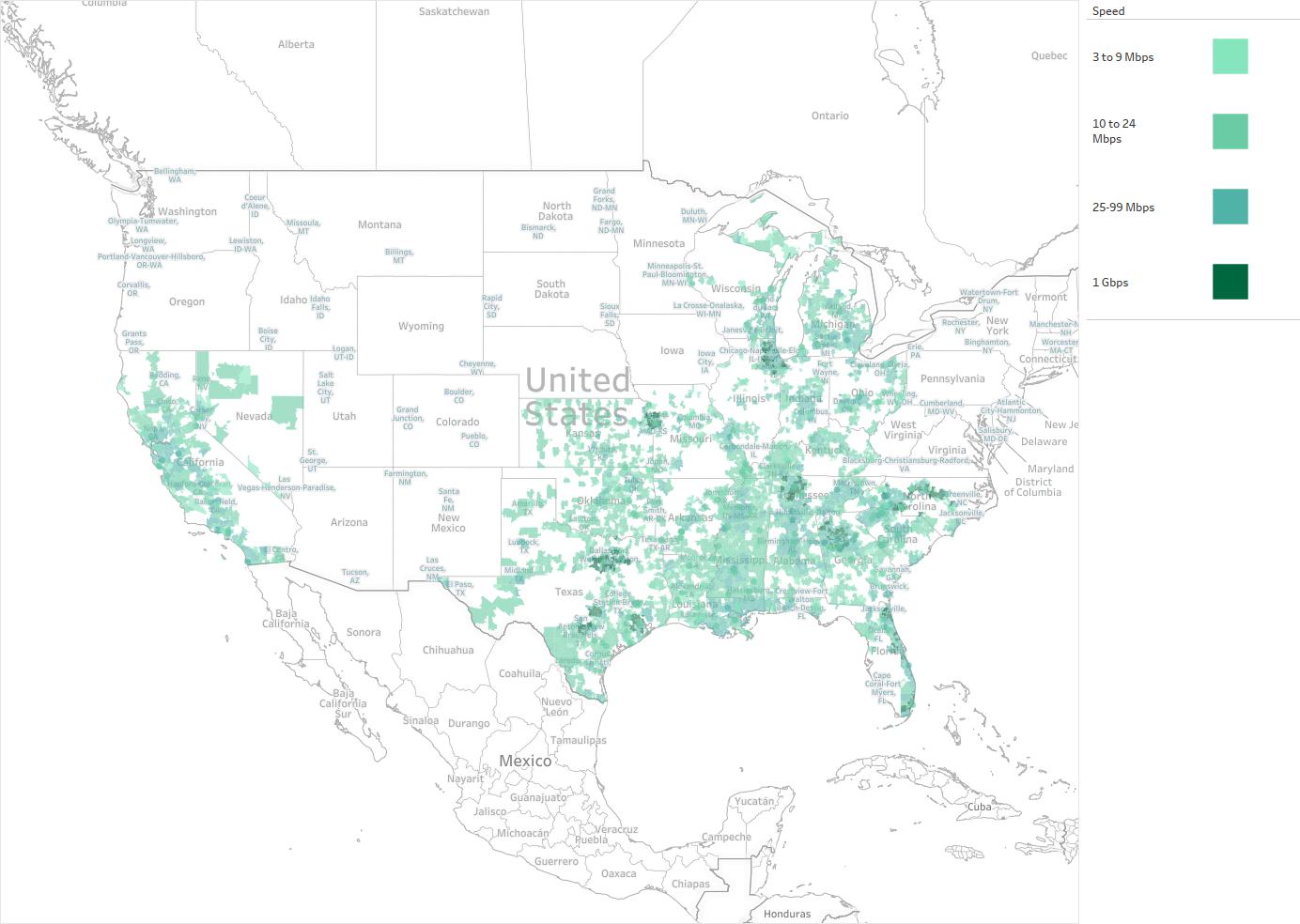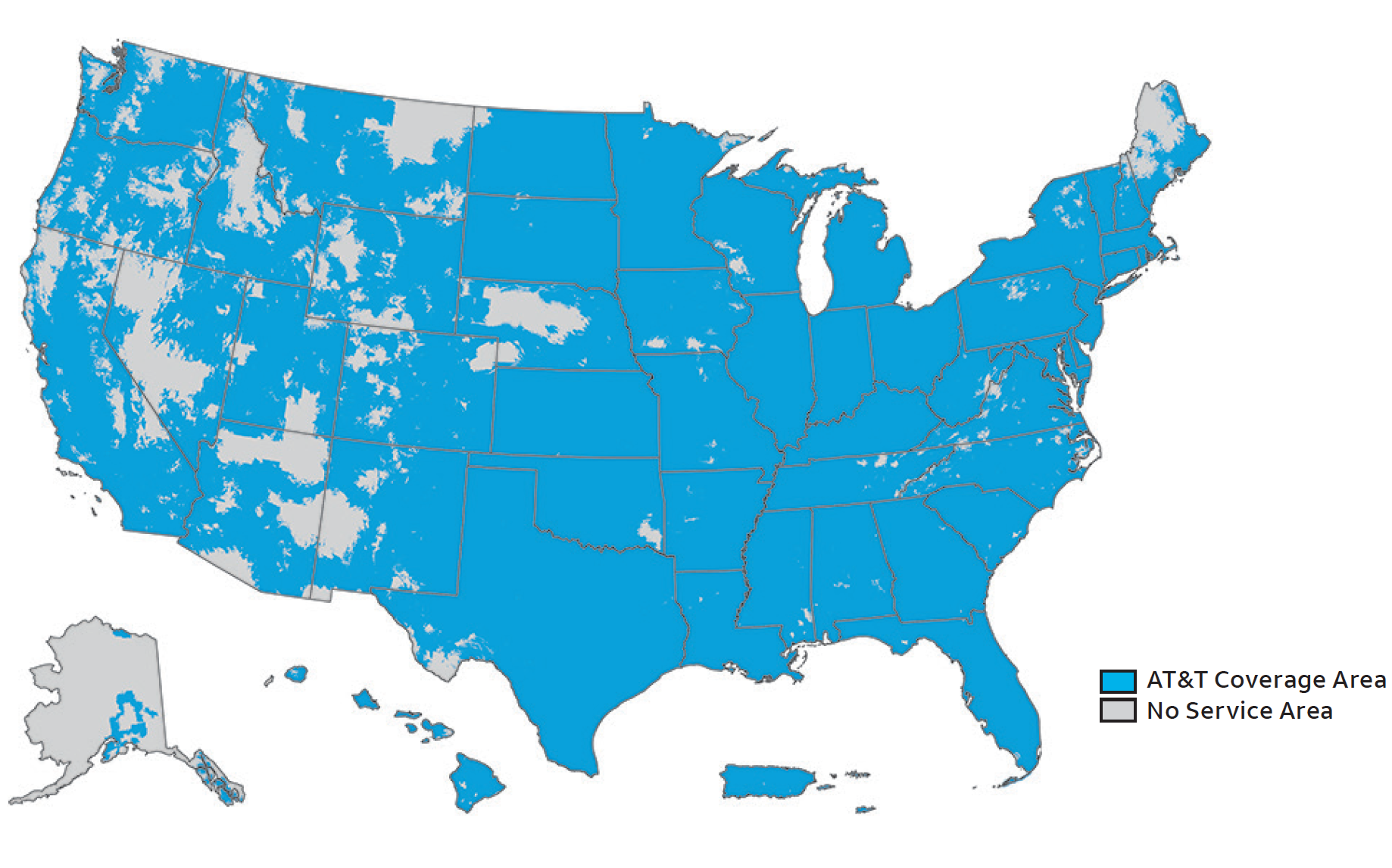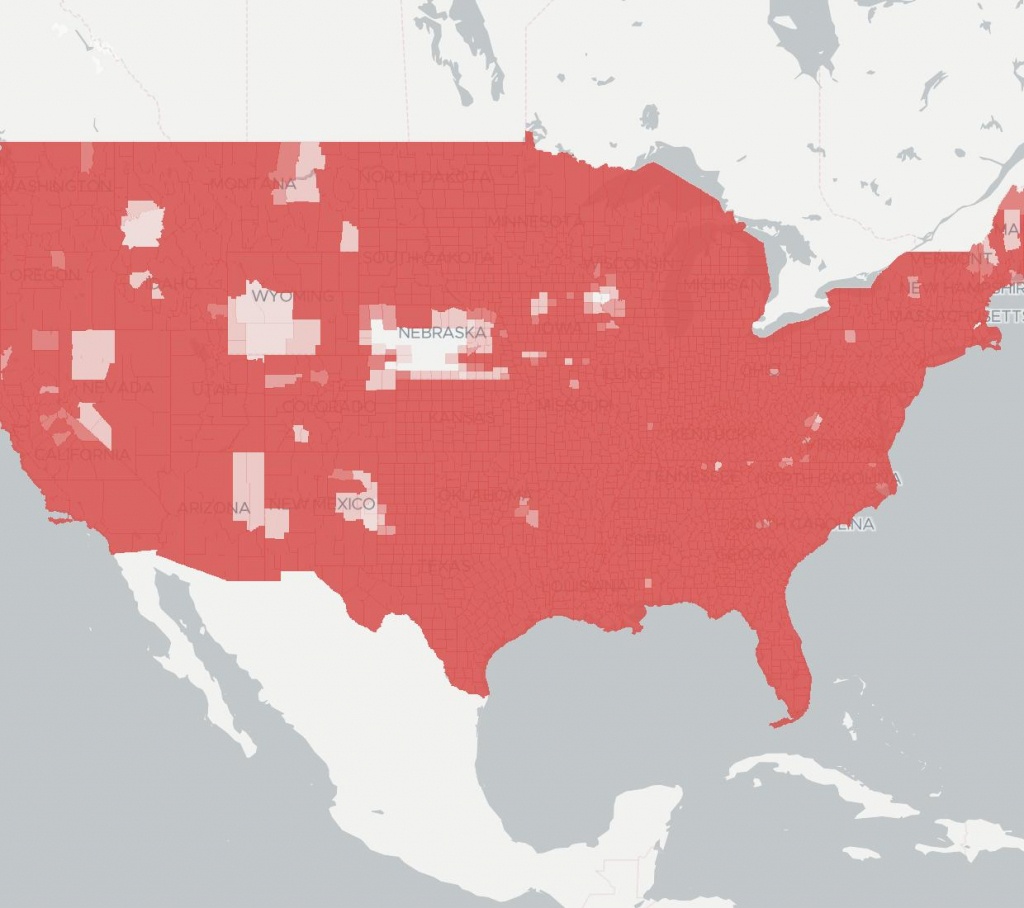

Since there are so many MVNOs, there’s no shortage of options for customers. Then, they sell them to customers for cheaper than the big carriers can, giving you savings. But there are literally dozens of smaller carriers that you can use to get decent coverage for considerably cheaper rates.Ĭalled Mobile Virtual Network Operators (MVNOs), these carriers purchase network service– talk, text, data– from the major providers for wholesale prices. That’s okay– there’s nothing wrong with that. When you’re considering switching to a different cell phone carrier, you may have done what we did: jumped to the Big 4: Verizon, T-Mobile, AT&T, and Sprint. We’ll also make brief mention of the smaller carriers you can choose instead while still getting decent coverage, as well as answer a few frequently asked questions at the end. In this guide, we’re going to do a little cell phone coverage map comparison for all major carriers, discuss current nationwide studies that have shown who has the most coverage, and talk about how to find the best wireless service for you.

But here’s how the rest of the Big 4 national carriers stack up, according to the latest OpenSignal report : Well, we’ll ruin this guide right off the bat: when it comes to national service, Verizon Wireless has the best coverage for getting calls, text, and data… even in the middle of nowhere.

But not everybody can be the real winner– so who has the best cell phone coverage? Every carrier claims they have the “#1 network for coverage and reliability,” or “less than 1% difference” (ahem, Sprint ).


 0 kommentar(er)
0 kommentar(er)
